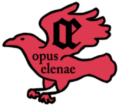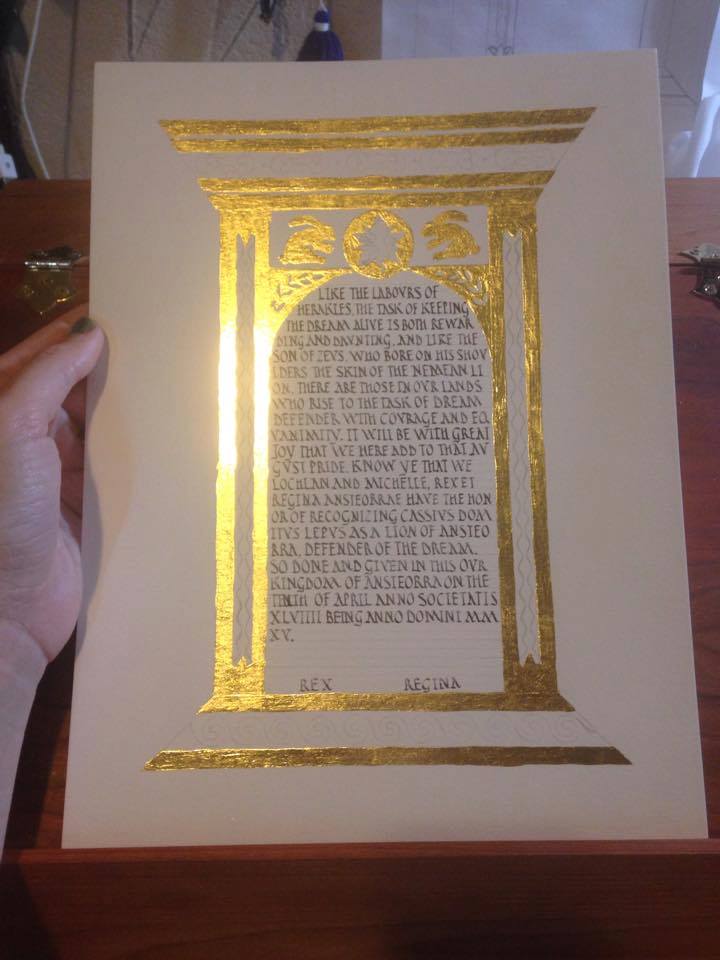Rabbit’s Lion Scroll
Hey guys! I have this scroll I did, but the person who commissioned it (Her Majesty Michelle) asked me to keep it under wraps until it was finished and given. But now that it has been, I can talk about it! The person in question has a Roman persona, and is often called Rabbit. I […]
Rabbit’s Lion Scroll Read Post »

